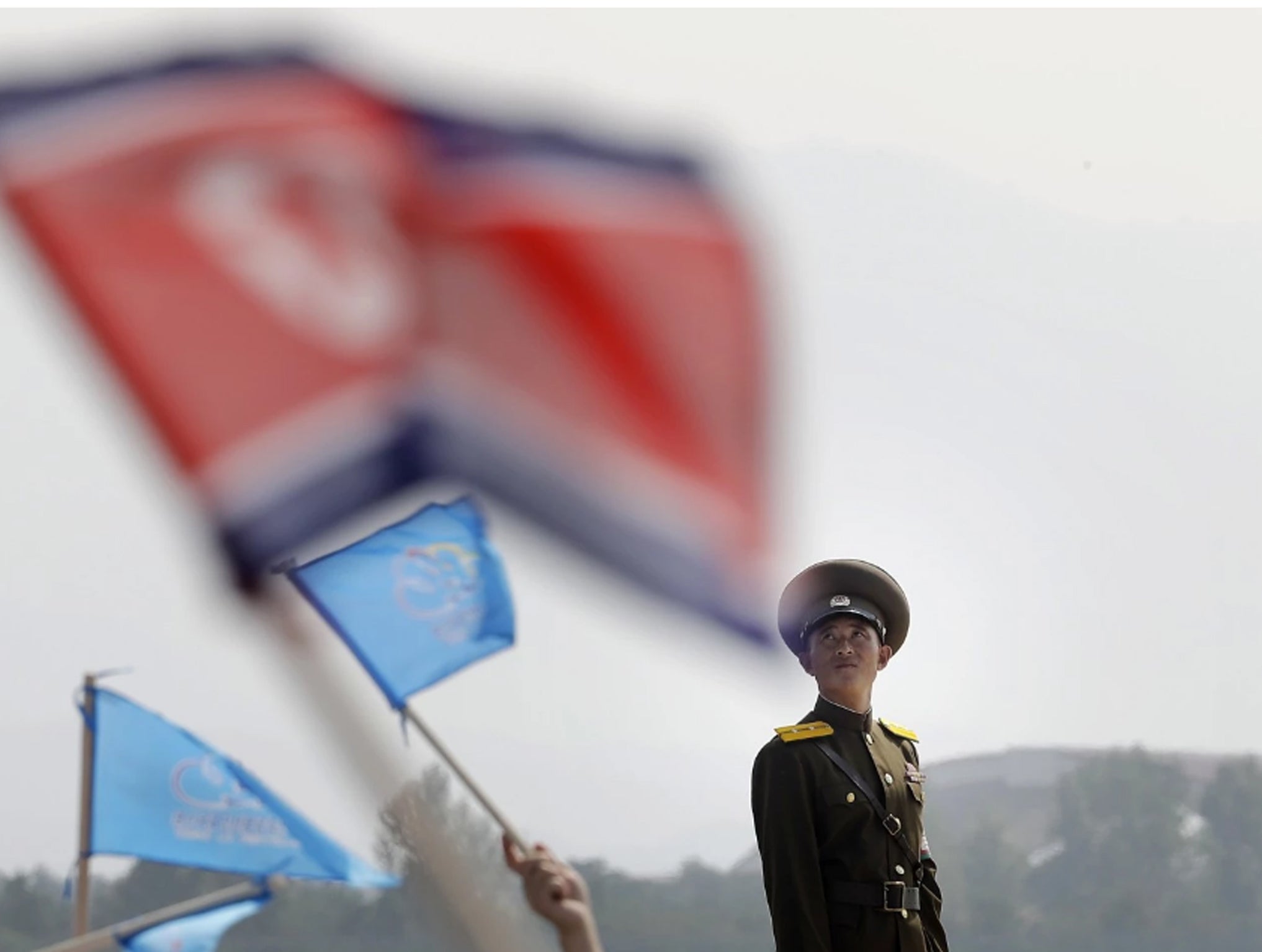How did North Korea get its hands on a New Zealand plane made with American parts?
The plane's unveiling underscores the difficulties of implementing sanctions when the rogue state's long border with China remains so porous

Your support helps us to tell the story
From reproductive rights to climate change to Big Tech, The Independent is on the ground when the story is developing. Whether it's investigating the financials of Elon Musk's pro-Trump PAC or producing our latest documentary, 'The A Word', which shines a light on the American women fighting for reproductive rights, we know how important it is to parse out the facts from the messaging.
At such a critical moment in US history, we need reporters on the ground. Your donation allows us to keep sending journalists to speak to both sides of the story.
The Independent is trusted by Americans across the entire political spectrum. And unlike many other quality news outlets, we choose not to lock Americans out of our reporting and analysis with paywalls. We believe quality journalism should be available to everyone, paid for by those who can afford it.
Your support makes all the difference.One of the planes displayed during North Korea’s first air show last month was made in New Zealand with American parts, underscoring the difficulties of implementing sanctions when North Korea’s long border with China remains so porous.
North Korea put on quite the display at the Wonsan International Friendship Air Festival, held at the recently-upgraded Kalma airport on the country’s east coast. Planes featured included a one-sixth size version of an American F-16 fighter jet and Soviet-era MiGs flown by female pilots known as “flowers of the sky.” There also was a two-hour-long aerobatic display by North Korea's air force.
The air show is thought to have been inspired by Kim Jong Un’s fascination with all things aviation. The North Korean leader has been featured in state media piloting light aircraft and has a summer residence in Wonsan. The renovation of the airport there is thought to be linked to his love of flying.
Aviation enthusiasts have now traced one of the planes on display - a white, 10-seater P-750 XSTOL with a North Korean flag on its tail - to Pacific Aerospace, an aviation company based in Hamilton, New Zealand.
New Zealand’s Foreign Ministry is investigating how the plane ended up in North Korea, the New Zealand Herald reported.
Pacific Aerospace sold the plane last December through its Chinese agent, Beijing General Aviation Company, to a Chinese company called Free Sky Aviation, Damian Camp, the company’s chief executive, said in a phone interview. It remains registered with the Chinese civil aviation authority, he said.
Camp said he was “completely mystified” to learn that the plane had shown up in North Korea with a North Korean flag on it.
“We learned that Free Sky had been doing some tourism work in North Korea,” he said, noting that it had been difficult to get information from China because it is a major holiday there this week.
Phone calls to Free Sky’s office in Xian were not answered on Monday. The company’s website says it “has become one of the leading suppliers of aviation products and services to many aviation companies and aircraft operators since its establishment in year 2004.”
Although the website makes no mention of other businesses, Camp said he had been told that the plane was being used only for tourism and that there was “no formal link” with the North Korean military. Because it was still registered in China, the plane would have to return there, he said.
The plane probably cost about $2.6 million. The New Zealand Herald reported that Pacific Aerospace signed a deal earlier this year to sell five P-750s to a Chinese government sports agency for a total of $13 million.
Pacific Aerospace markets the single-engine turboprop P-750 as a rugged plane that can operate in difficult conditions, including being able to take off and land with less than 800 feet of runway and on many types of terrain.
The plane’s components come from American companies, including Honeywell, Garmin, Ohio-based propeller company Hartzell, and Pratt & Whitney, part of United Technologies.
Pacific Aerospace boasts of the plane’s many uses, which include skydiving, meaning it could technically be used by military paratroopers.
The appearance of the plane shows that trade that ought to be prohibited under international sanctions is still going on.
Since 2006, when North Korea began conducting nuclear tests, the United Nations Security Council has imposed repeated sanctions prohibiting the sale of “dual use” equipment, products that can have both civilian and military applications, to the country.
This has outlawed trade in everything from Segways - flagged because its gyroscope could be used for other things - to welding equipment, in addition to materials and productions more obviously linked to the nuclear and missile programs.
In March, after North Korea’s fourth nuclear test, the U.N. Security Council - of which China is a permanent member - passed a resolution banning the “sale or supply” of aircraft to North Korea, as well as the provision of all kinds of aviation fuel. New Zealand, which currently has a seat on the Security Council, supported the resolution.
It is not clear when the plane entered North Korea, but it could have been covered by dual-use sanctions even before March.
The Washington Post
Join our commenting forum
Join thought-provoking conversations, follow other Independent readers and see their replies
Comments